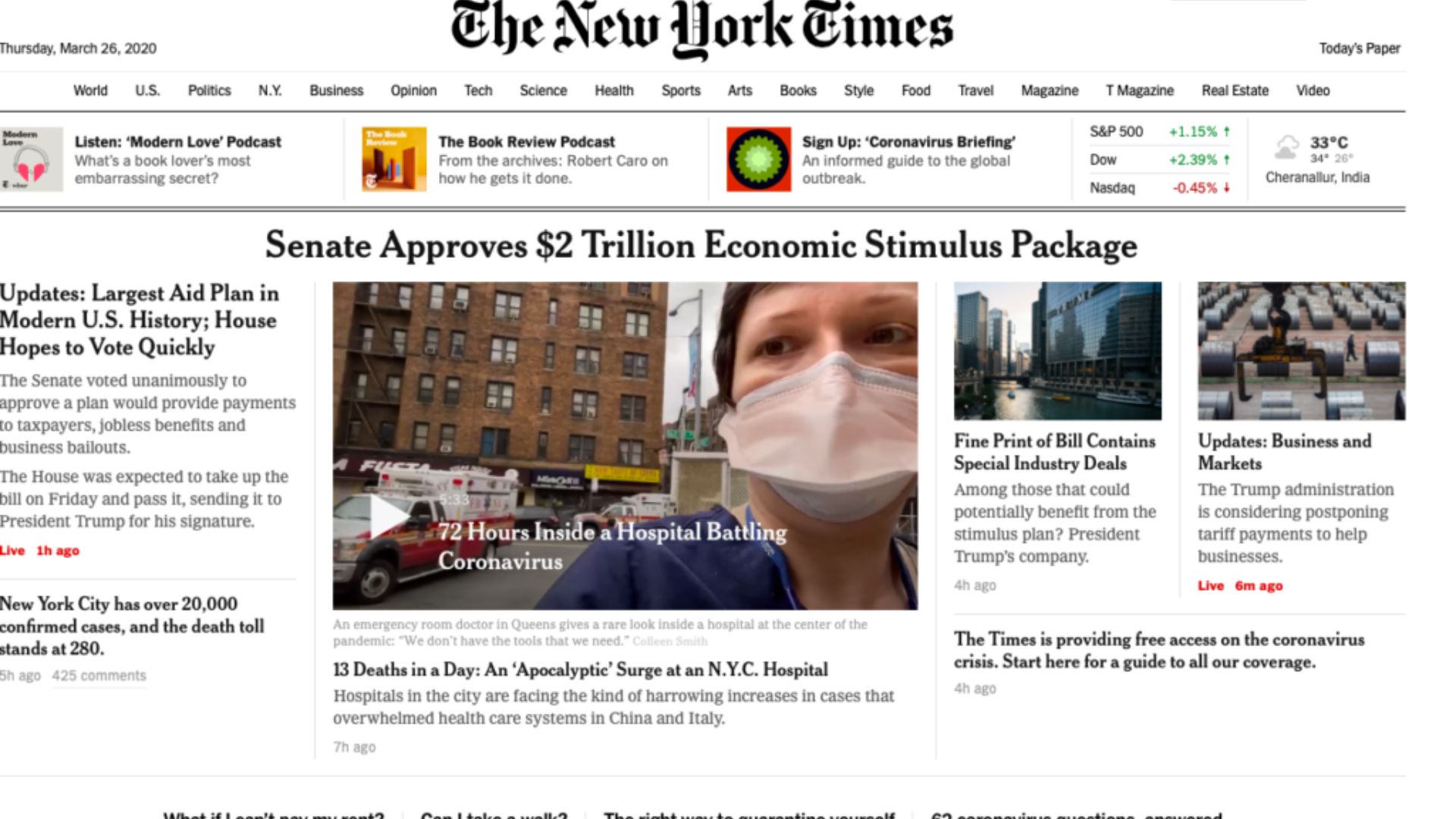Contrast is a crucial element in web design that has a significant impact on both aesthetics and visual accessibility. Here are some key points highlighting the importance of contrast in web design:
- Readability and Content Accessibility: Contrast plays a vital role in ensuring the readability and accessibility of web content. Proper contrast between text and background color is essential to making text legible, especially for users with visual impairments. Insufficient contrast can make the content challenging to read and understand.
- Visual Hierarchy and Information Flow: Contrast helps establish a visual hierarchy and guide users’ attention to important elements on a web page. By differentiating elements through contrast, such as using bolder or brighter colors for headlines or call-to-action buttons, designers can create a clear information flow and enhance the user experience.
- Navigation and Usability: Contrast is critical for creating clear and visible navigation elements. It helps users easily distinguish between buttons, links, and menu items, allowing for intuitive navigation. Insufficient contrast can confuse and make it harder for users to interact with the website effectively.
- Branding and Aesthetics: Contrast is instrumental in creating visually pleasing and distinctive web designs. By using contrasting colors, designers can create memorable brand identities and distinct visual styles. It helps make designs more visually engaging and appealing to users.
- Visual Impairments and Accessibility Compliance: Contrast is of paramount importance for users with visual impairments or color vision deficiencies. High contrast ratios between text and background colors ensure that users can perceive content clearly. Following accessibility standards, such as those laid out in the Web Content Accessibility Guidelines (WCAG), helps make websites accessible to all users.
- Mobile and Responsive Design: With the increasing use of mobile devices, contrast becomes even more crucial to ensure readability on smaller screens. Contrast should be considered when designing responsive layouts to maintain legibility and ease of use across different devices and screen sizes.
- Emotional Impact and Branding: Contrast can be used strategically to evoke specific emotions or reinforce a brand’s personality. Different color contrasts can create different moods or convey certain brand attributes. This can help shape user perceptions and establish a consistent brand image.
In summary, contrast in web design has a significant impact on both aesthetics and visual accessibility. It ensures readability, establishes visual hierarchy, aids navigation, strengthens branding, and improves overall user experience. By implementing effective contrast techniques, designers can create visually appealing and accessible web designs that engage and cater to a diverse range of users.










